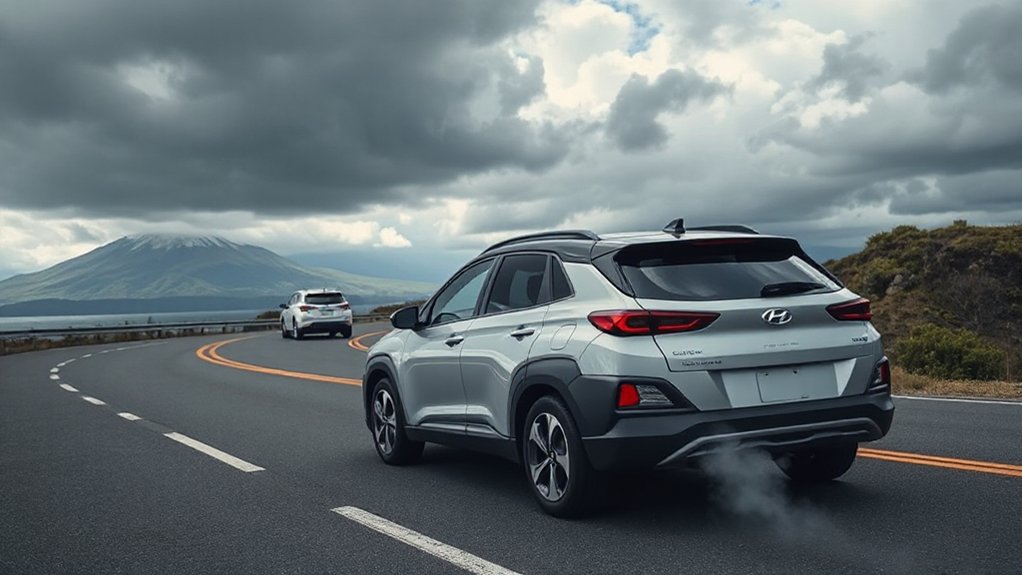While California once positioned itself as the hydrogen fuel frontier of America’s green shift, the state’s ambitious vision for a hydrogen-powered future has hit a sobering reality check. The numbers don’t lie, and they’re pretty grim. Forecasts for fuel-cell electric vehicles have cratered from 62,600 by 2029 to a measly 20,000 by 2030. That’s not just a miss—it’s a complete rethinking of what’s possible.
The infrastructure situation? Even worse. Only 50 hydrogen fueling stations are currently operating across the entire state. Let that sink in. Fifty. And eight more are down for the count, temporarily unavailable. Remember when California promised 200 stations by 2025? Yeah, about that…they’ve delivered roughly a quarter of what was planned. Some transformation. The number of open stations actually decreased last year, further complicating access for potential adopters.
Meanwhile, actual adoption rates tell the real story. With just 18,633 fuel cell passenger vehicles on American roads and a paltry 66 fuel cell buses operating in California, the technology remains firmly in the “maybe someday” category. ARCHES—the state’s hydrogen hub initiative—dreams of 5,000 trucks and 1,000 buses. Dreams being the operative word here.
Regulatory pressure keeps mounting, though. CARB mandates all new medium and heavy-duty vehicles be zero-emission by 2045. Manufacturers must ramp up zero-emission truck sales starting this year. This push comes as Governor Newsom has directed agencies to fast-track hydrogen infrastructure development across the state. The clock’s ticking, but the infrastructure’s crawling.
The economic promises haven’t materialized either. Job creation, innovation, production sites churning out hundreds of metric tons of hydrogen daily—all still mostly PowerPoint presentations rather than reality. High costs and technological risks have scared off private investors, who seem to prefer backing electric vehicles instead. Unlike hydrogen, renewable electricity accounts for 28.8% of global power generation, showing the stark difference in market adoption.
The brutal truth? California’s hydrogen ambitions face a ruthless competitor in battery electric technology. With its expanding charging network and mainstream adoption, electricity—not hydrogen—appears to be winning the zero-emission race. Sometimes, being first to dream doesn’t mean you’ll be first to succeed.








